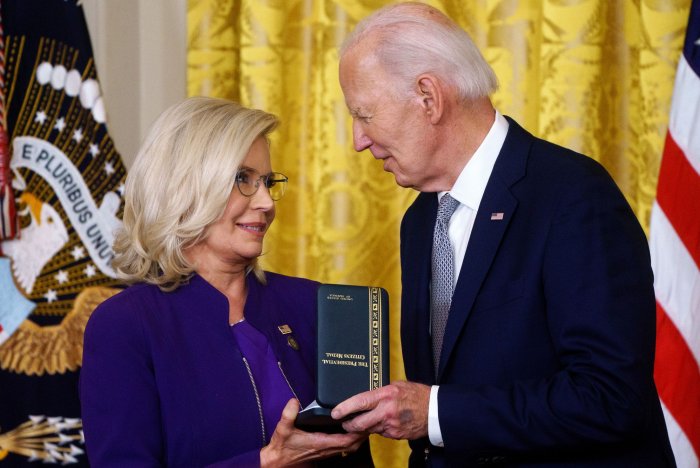Stormy Christmas holiday ahead for Southern California
Dec. 24 (UPI) — High winds, torrential rains and localized river flooding could make the Christmas holiday particularly challenging across much of Southern California.
A storm system is forecast to bring between 4 and 7 inches of rainfall to valleys and coastal areas located south of Santa Barbara County’s Point Conception on Thursday and Friday before dissipating on Saturday, KTLA reported.
Further east in San Bernardino County, heavy rainfall caused flash flooding and debris fields early Wednesday.
The potential for heavy rainfall and localized flooding caused the National Weather Service in Los Angeles-Oxnard to issue a flash flood warning for Santa Barbara and Ventura Counties from 4:02 a.m. to noon PST on Wednesday.
“Turn around, don’t drown when encountering flooded roads. Most flood deaths occur in vehicles,” NWS forecasters said. “Be especially cautious at night when it is harder to recognize the dangers of flooding.”
NWS forecasters also advise holiday travelers and others to be aware of their surroundings and to avoid driving on flooded roads.
“In hilly terrain, there are hundreds of low water crossings, which are potentially dangerous in heavy rain. Do not attempt to cross flooded roads. Find an alternate route,” NWS forecasters advised.
Small creeks and streams, urban areas, highways, streets and underpasses are particularly vulnerable to flash flooding, according to the NWS. So are low-lying areas and others with poor drainage.
“Some locations that will experience flash flooding include: Santa Barbara, Lompoc, Santa Ynez, Montecito, Point Conception, Carpinteria, Solvang, Isla Vista, El Capitan State Beach, Refugio State Beach, Highway 101 through Gaviota State Park, Summerland, Rincon Point, La Conchita, Goleta, Buellton, Lake Cachuma, Highway 154 over San Marcos Pass, Santa Barbara Airport and Hope Ranch,” NWS forecasters warned.
Areas north of Point Conception are expected to get between 2 and 4 inches of rainfall in coastal and valley areas and between 4 and 7 inches in foothills and mountains through Friday.
Those south of Point Conception are expected to see heavier rainfall amounts of between 4 and 7 inches in coastal and valley areas and between 6 and 14 inches in foothills and mountains through Friday.
Heavy rainfall would become especially dangerous and destructive in local burn areas, where flooding and debris flows are more likely.
The rainfall could be accompanied by strong and gusty southeast and south winds on Wednesday and Thursday, with gusts of between 60 and 80 mph predicted across Santa Barbara and San Luis Obispo Counties, in the Ventura and Los Angeles mountains and Antelope Valley.
Winds gusting to between 35 and 55 mph are predicted in other areas, and high wind warnings and wind advisories remain in effect until the storm system passes on Saturday.







